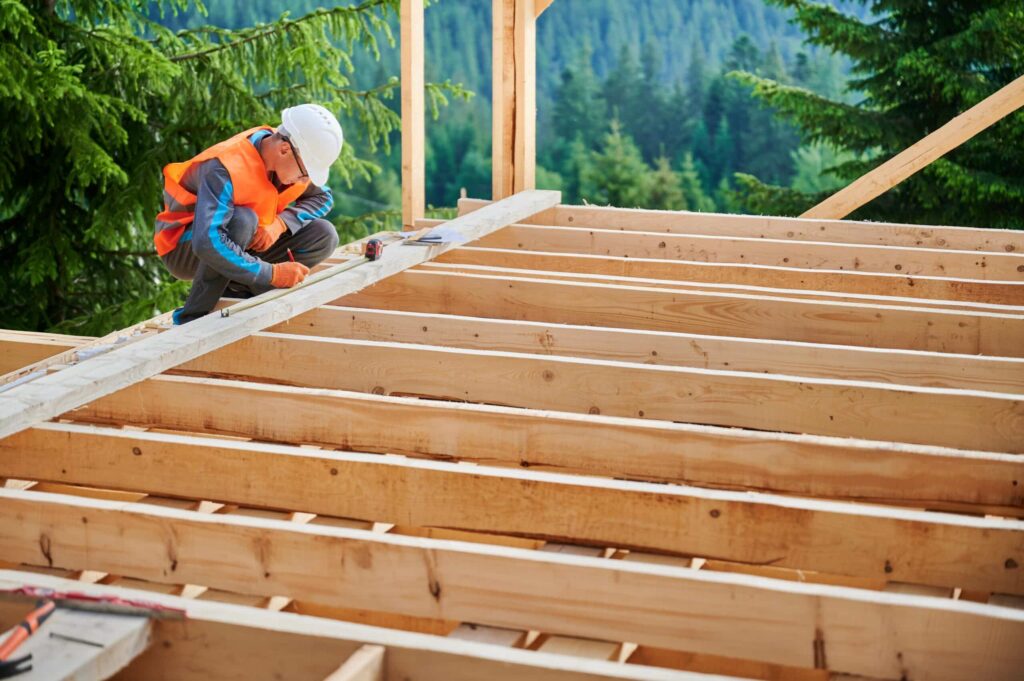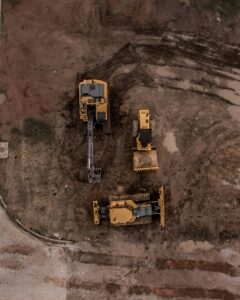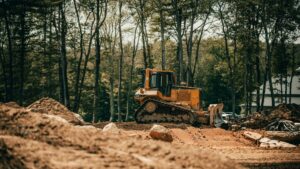Key Takeaways
- Insulation for a pole barn is necessary if you plan to heat, cool, or occupy the space for more than seasonal storage.
- The most important areas to insulate are the ceiling, and walls second, especially in Michigan’s extreme winters.
- We supply insulation-ready pole barn kits and offer guidance on foam boards, spray foam insulation, and vapor barrier installation depending on your planned use for the space.
Why Pole Barn Insulation Matters in Michigan
Planning to build a pole barn in Michigan? One of the first questions you’re likely to face is whether insulation is really necessary.
Short answer: Yes, if your pole barn will be used as a workshop, garage, living quarters, man cave, or any space where comfort and moisture control matter.
Without proper insulation, warm air escapes in the winter, hot air builds up in summer, and condensation becomes a year-round problem. That means higher energy bills, faster material breakdown, and less usable space. And, proper insulation is one of the most important factors to how long a pole barn lasts!
When You Should (and Shouldn’t) Insulate Your Pole Barn
Insulation is ideal (or a must) when:
- You’re installing a heating system or air conditioning
- Your pole barn is used year-round
- You have plumbing or electrical components inside
- You want to reduce condensation and protect tools, equipment, or animals
Insulation may not be needed right away if:
- You’re using the building strictly for cold storage
- You plan to finish the interior later, in a few years
- The pole barn will only be used seasonally (e.g. for tractors or hay)
That said, even if you’re not insulating now, it’s smart to plan for it in the design phase. We can supply insulation-ready framing layouts and wall systems so you’re set for a future upgrade.
Key Areas to Insulate in a Pole Barn
Ceiling: Your #1 priority
Heat rises, so ceiling insulation does more than any other layer. We recommend blown insulation or spray foam insulation for the ceiling — especially under a steel ceiling.
Walls: Critical for year-round use
Wall insulation paired with a good vapor barrier helps control air infiltration and reduces condensation risk. You can use fiberglass batt, foam boards, or closed cell spray foam depending on your budget and performance goals.
Floors: Don’t forget the slab
Radiant heating warms your space from the ground up by circulating heated water or electric coils through your concrete floor. It’s most effective when paired with insulation beneath or around the slab to prevent heat loss into the ground. This approach is ideal for pole barns converted into living quarters, home offices, or insulated garages where consistent warmth and energy efficiency are key. It involves foam board beneath and/or around the concrete slab.
What Type of Insulation is Best for Your Pole Barn?
Spray Foam Insulation
Spray foam offers high R value insulation — often ranging from R-6 to R-7 per inch — and creates a built-in vapor barrier while reducing air infiltration. Closed cell foam, in particular, is ideal for Michigan climates due to its excellent moisture resistance and thermal performance, though it does come with a higher cost.
Foam Boards (Rigid Insulation)
Foam boards are versatile and cost-effective. They can be used behind metal siding, between framing, or as a continuous layer. Just make sure they meet your local building codes.
Blown Insulation and Loose Fill
Great for attics and ceiling areas, especially when combined with a vapor barrier. Easy to install in post frame construction with trusses.
Fiberglass Batt Insulation
Affordable and widely available, fiberglass insulation is a solid choice for many builds. It works best when you have vertical studs or framed cavities. That’s not always the case in pole barns, so you’ll need to plan ahead a little bit.
Cellulose Insulation
Less common, but still viable—especially when blown into closed cavities. Treated to resist pests and moisture.
What Is R-Value and Why It Matters
R-value measures how well insulation resists heat flow — the higher the number, the better the thermal performance. In Michigan’s climate, choosing the right R-value is key to keeping your pole barn warm in the winter and cool in the summer. Here are a few general R-value benchmarks:
- Ceilings: R-38 to R-49
- Walls: R-13 to R-21
- Floors (if heated): R-10 to R-15
Closed cell spray foam, for example, has an R-value of about R-6 to R-7 per inch of depth, making it ideal for high-performance builds. Fiberglass batt insulation ranges from R-11 to R-30 depending on thickness and application. Foam boards typically offer around R-4 to R-6 per inch.
Matching the insulation type and thickness to your intended use and local building codes ensures that your building performs well year-round — and saves you money on heating and cooling costs.
Don’t Forget the Vapor Barrier
In Michigan’s humid climate, a vapor barrier is a must-have. It prevents moisture buildup inside your walls and roof system, which can otherwise lead to mold, rust, or long-term damage to your materials.
Many insulation failures come down to missing or poorly installed vapor barriers. Don’t skip this step.

How to Get Insulation Right From the Start
We work with customers throughout Michigan to help design pole barn insulation strategies that fit their space, usage, and budget. Whether you need foam insulation for a man cave, fiberglass batt in your walls, or closed cell foam for your ceiling—we can help.
Our pole barn packages are designed to support insulation from day one, with proper framing spacing, ventilation, and materials ready for whatever you plan to add.
Get a Pole Barn Kit with Insulation Guidance Built In
Whether you’re insulating an existing pole barn or planning a brand-new build, the right approach can save you time, money, and future headaches.
Get in touch with our team to price out a pole barn package that includes everything you need for insulation: vapor barriers, high R value options, and expert guidance.
We’re here to help you build smarter…and warmer. Order your custom pole barn kit today!



